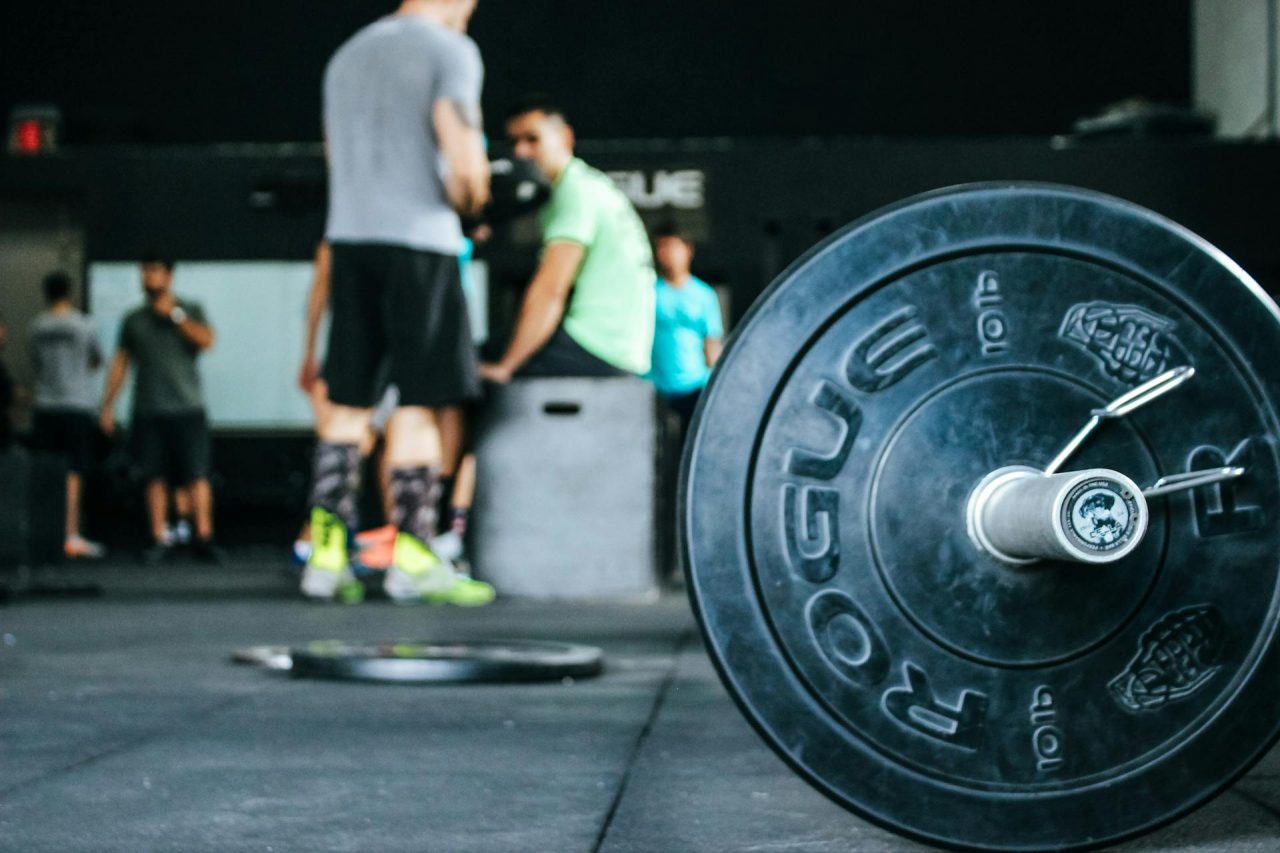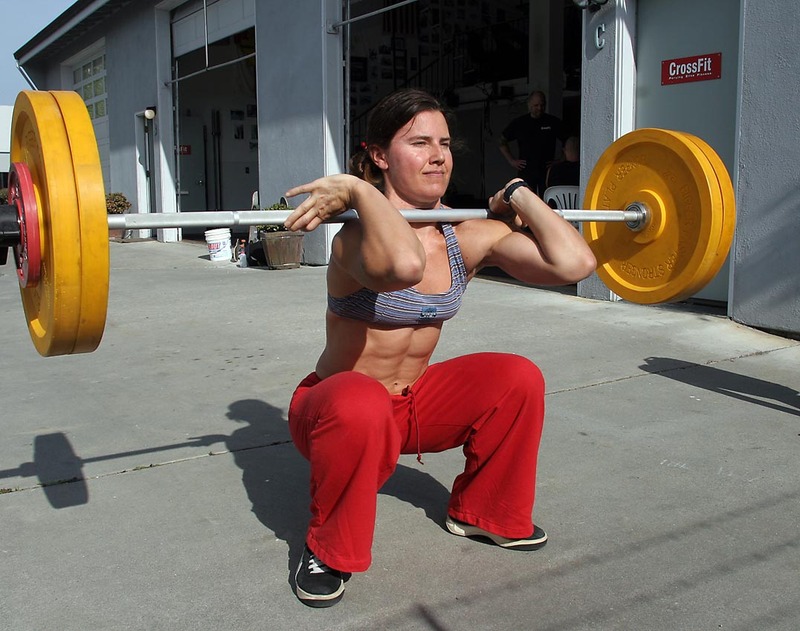The first post in this series covered fundamental principles for program design. This one will break down the approaches to strength training. The final part in this series will put everything together.
Approaches to training
If you are lifting weights you are probably focusing on one of the following approaches to training:
- Hypertrophy
- Strength
- Power
When you train for hypertrophy, you are training for bigger muscles. Hypertrophy also serves as the foundation for strength and power, so you’ll see this again when we discuss the other two approaches to training. Bigger muscles are expensive for the body to maintain, so the body does everything possible to avoid developing them. For this reason, it’s critical that the training be difficult enough, consistent enough, and be integrated with proper rest and nutrition for this to be successful. Hypertrophy training should be focused around multi-joint exercises, with isolation exercises to supplement and address deficiencies. Normally training is organized around body parts (for example, today is chest and triceps) or around a movement type (pushing, pulling, etc.). In general you are looking at 3-5 sets per exercise at 6-15 repetitions per set. There should be around 30-90 seconds of rest between each set. This means training should be intense. Your muscles should be exhausted each set, not given much time to recover, then hit again on the next set.
When training for strength, the focus is on exerting as much force one time as possible. A number of factors that you can train influence strength. These include the size of the muscles (bigger muscles are potentially stronger muscles), your ability to recruit muscle fibers (i.e. your nervous system), and your skill in performing the exercises (better technique gives you the ability to be stronger). Strength-focused training is typically preceded by 4-12 weeks of hypertrophy training, to give you additional muscle mass to aid your strength. When training for strength, you are looking at 3-5 sets per exercise at 1-8 repetitions per set. Recovery is full in between each set. Training focuses on multi-joint exercises and typically revolves around a specific lift (for example, today is squat day).
Power involves applying strength quickly. A number of factors that you can train influence power; your strength (you have to be strong to apply strength quickly), your ability to recruit muscle fibers quickly, and your skill in being explosive (i.e. you have to practice being explosive). Power-focused training is typically preceded by weeks of hypertrophy training followed by weeks of strength training. When training for power, you are looking at 3-5 sets per exercise with a mixture of strength-focused exercises (maintain your strength levels) and explosive exercises such as the variations of the Olympic lifts or plyometrics. The variations of the Olympic lifts are usually done for sets of 3-6 repetitions (the focus is on perfect technique, being explosive, and avoiding fatigue) with full recovery in between each set.
Realize that the three approaches to training aren’t exclusive, you can do all three within a training session or during a week. In fact, organizing them into the week is how I approach the training of collegiate and post-collegiate track and field athletes. It’s not unusual for me to put a workout week that looks like:
- Monday: Maximal strength
- Tuesday: Power
- Wednesday: Hypertrophy
- Thursday: Power
- Friday: Hypertrophy
All three could also be organized into a training session. For example, the following workout incorporates all three approaches:
Power Clean, 5x3x60% (power)
Back Squats, 5×2-6×90% (strength)
Leg Press, 3×12-15 (Hypertrophy)
Leg Extensions, 3×12-15 (Hypertrophy)
Standing Calf Raises, 3×12-15 (Hypertrophy)
So far this series has covered the principles behind exercise as well as discuss the three major approaches to training. The next post will discuss how to put all this information together.
Revised November 2, 2024



